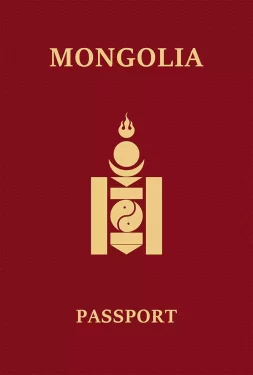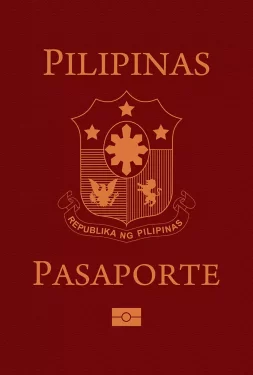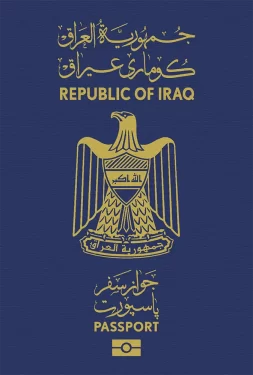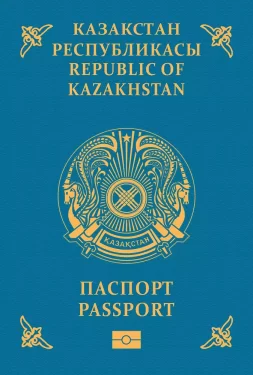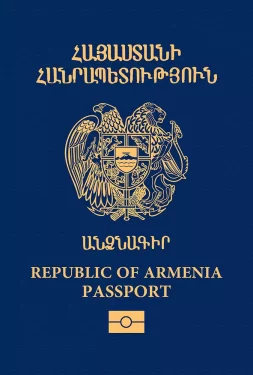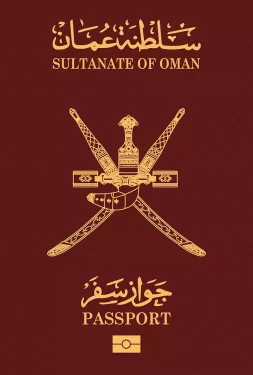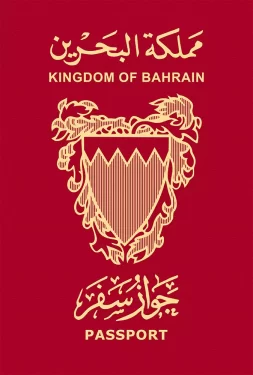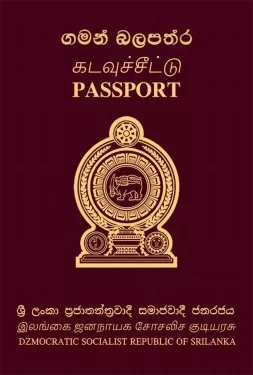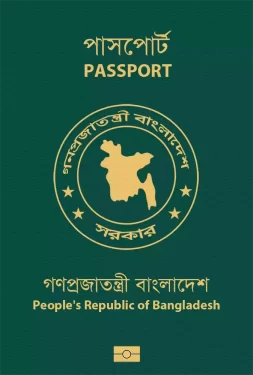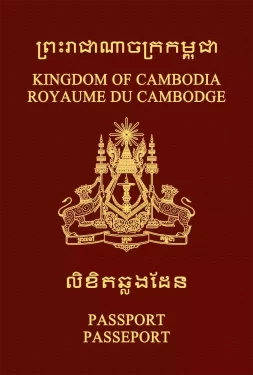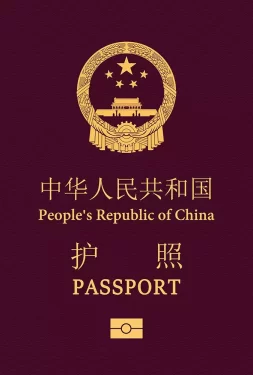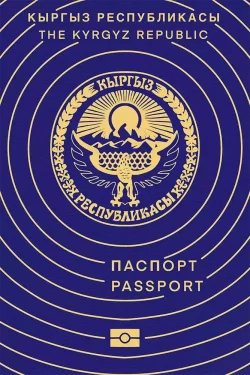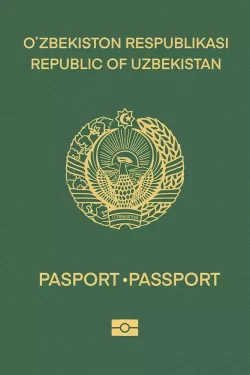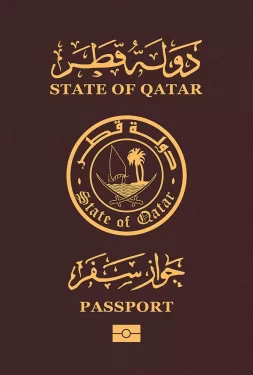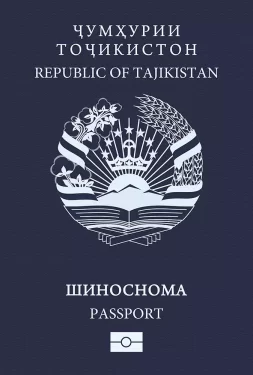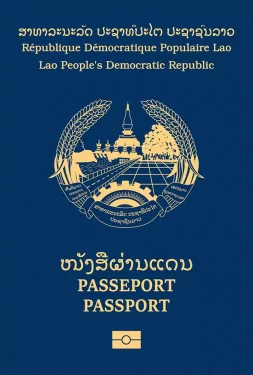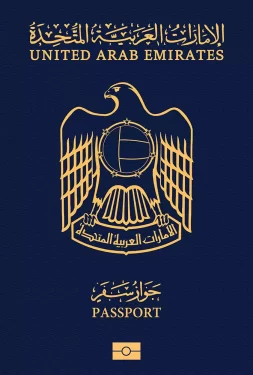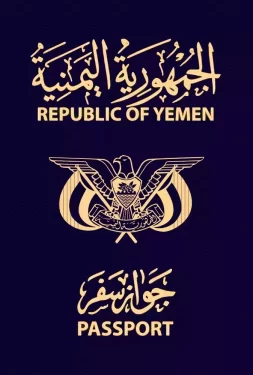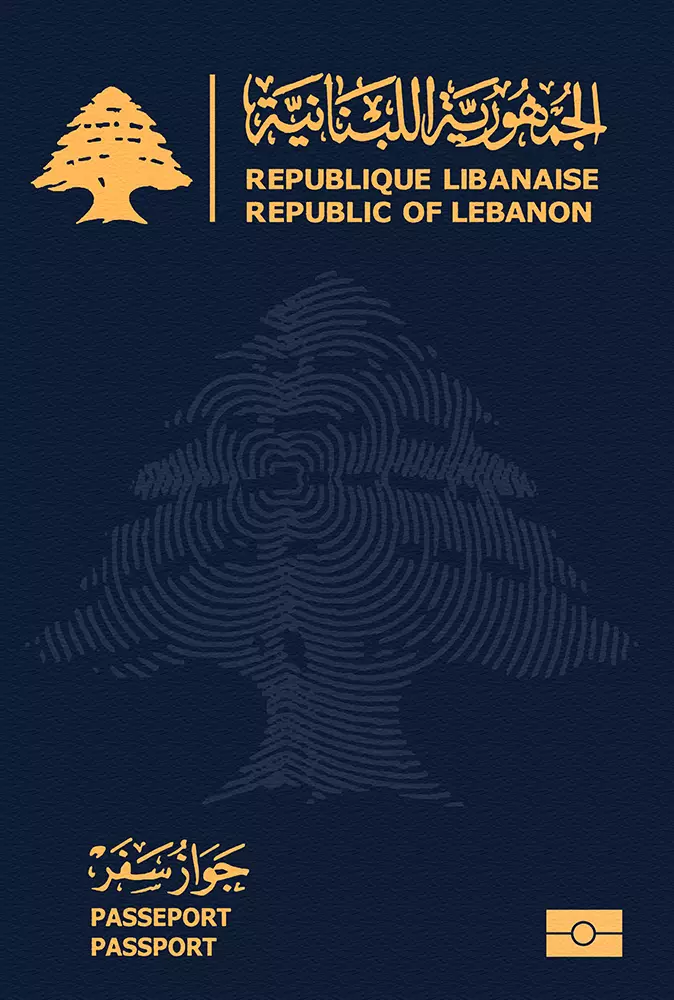
Lebanon
Lebanon passport ranking
The Lebanese passport is currently ranked 95th place on the Guide Passport Index. It is considered one of the lowest ranking passports in the world. Lebanese passport holders have visa-free access to only 44 destinations including Dominica, Madagascar and Seychelles. There are 185 destinations for which a Lebanese passport holder requires to obtain a visa prior to traveling. That is the reason why the passport ranking is low on the overall worldwide mobility score. For major destinations such as the USA and the European Union, Lebanese require to apply for a visa in advance. Visa applicants need to present documents such as proof of funds and return flight ticket.
Lebanon Passport Ranking
The Lebanon passport ranking relative to other global passports is calculated by adding up the number of countries that allow Lebanon passport holders to enter without a visa (i.e. visa-free countries) and those that allow Lebanon passport holders to enter by obtaining a visa on arrival (i.e. visa-on-arrival countries) or an electronic travel authorization (eTA). There are currently a total of 15 Lebanon passport visa-free countries, 27 Lebanon visa-on-arrival countries, and 2 eTA destinations.
Altogether, Lebanon passport holders can enter a total of 44 destinations—either without a visa, through a visa on arrival, or via an eTA. As a result, the Lebanon passport ranks 95 in the world.
Separate from these Lebanon visa-free countries and visa-on-arrival countries, there are 185 additional destinations which Lebanon passport holders either need a physical visa to enter or an eVisa (i.e. visa required countries).
About Lebanon
The Lebanese Republic is a former French colony in the Middle East made of 8 governorates. It borders Israel and Syria. The most significant governorates are Mount Lebanon, North and South. The country has a total surface area of 10,452 square kilometers, making it the 2nd smallest country in the Middle East. The geography is dominated by a narrow coastal plain and the rugged Lebanon Mountains. Its climate is Mediterranean with heavy snowfall winters in the mountains.
The overall population is over 5 million people. The capital of the country is Beirut, which is also the most populous city. Other major cities are Tripoli and Jounieh. The largest airport is Beirut-Rafic Hariri International Airport (BEY) with an approximate yearly passenger traffic of 8.6 million people. The airport is named after Rafic Hariri, former Prime Minister of Lebanon. The airport serves most of the region with flights to Europe and the Middle East.
Lebanese culture is influenced by Roman, Arabic, French, Greek and Ottoman history. The religion is a mix between Islam and Christianity. The official language is Arabic. The legal system is a mix of civil, religious and Ottoman law. The government form is a parliamentary republic. The current chief of state is elect President Michel Awn and the head of government is Prime Minister Saad Hariri. Elections are being held every 6 years.
The official currency is the Lebanese Pound (LBP). Its current exchange rate is about LBP 1,512 to the USD. The country has an open economy, generating a GDP of approximately $91 billion, making it the 87th largest economy in the world. The per capita income is $11,562. The largest portion of the GDP is generated by the services sector. The GDP has been growing at a slow rate of 1 to 2% during the past years. Lebanon’s most important export products are wine, jewelry, citrus fruit, grapes, tomatoes and apples. The government has just started oil and gas exploration and is hoping for a major GDP push from this sector.
The country has many natural and culturally unique attractions for tourists to explore. Lebanon boasts with 5 UNESCO world heritage sites which all are cultural. Some of the most popular tourist destinations are Baalbek, the National Museum, Byblos, Beit ed-Dine, the Kadisha Valley and the Jeita Grotto. The capital Beirut also offers a variety of museums and exhibitions showcasing the history and natural beauty of the country.

